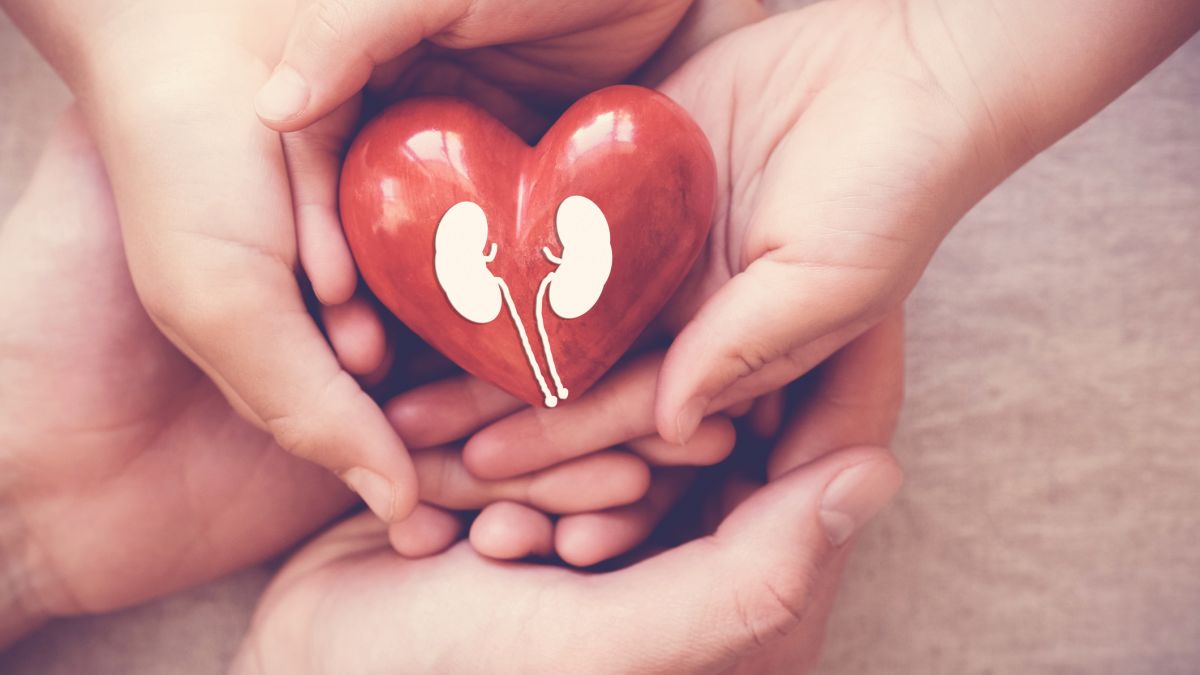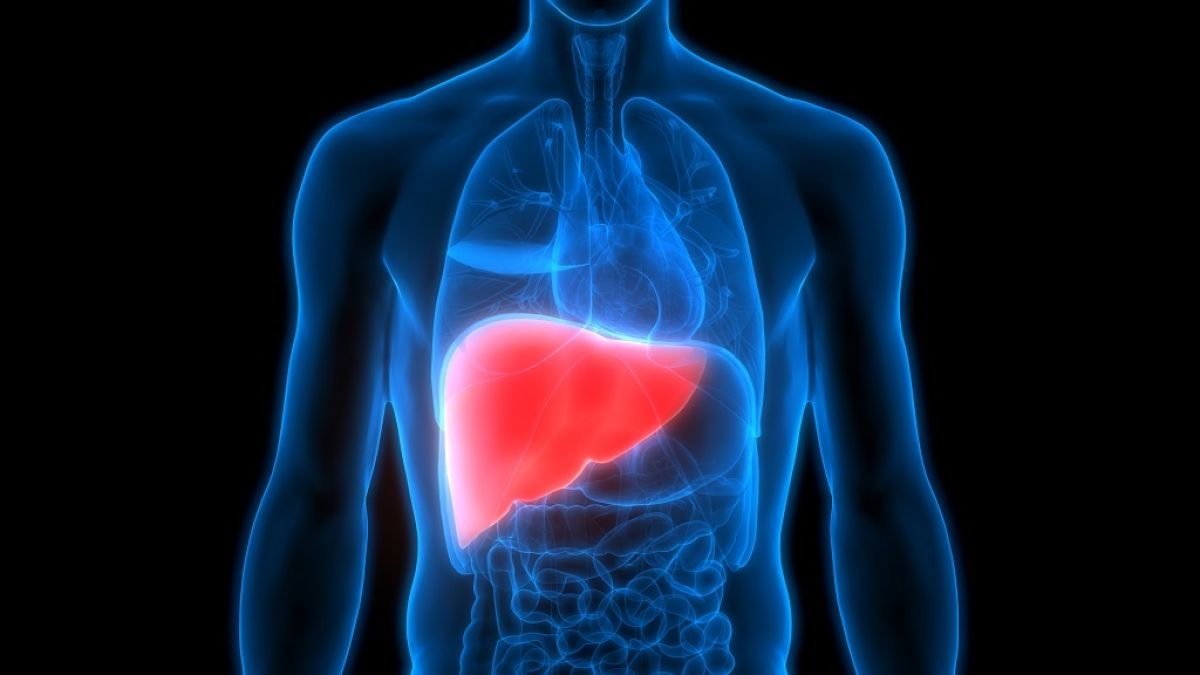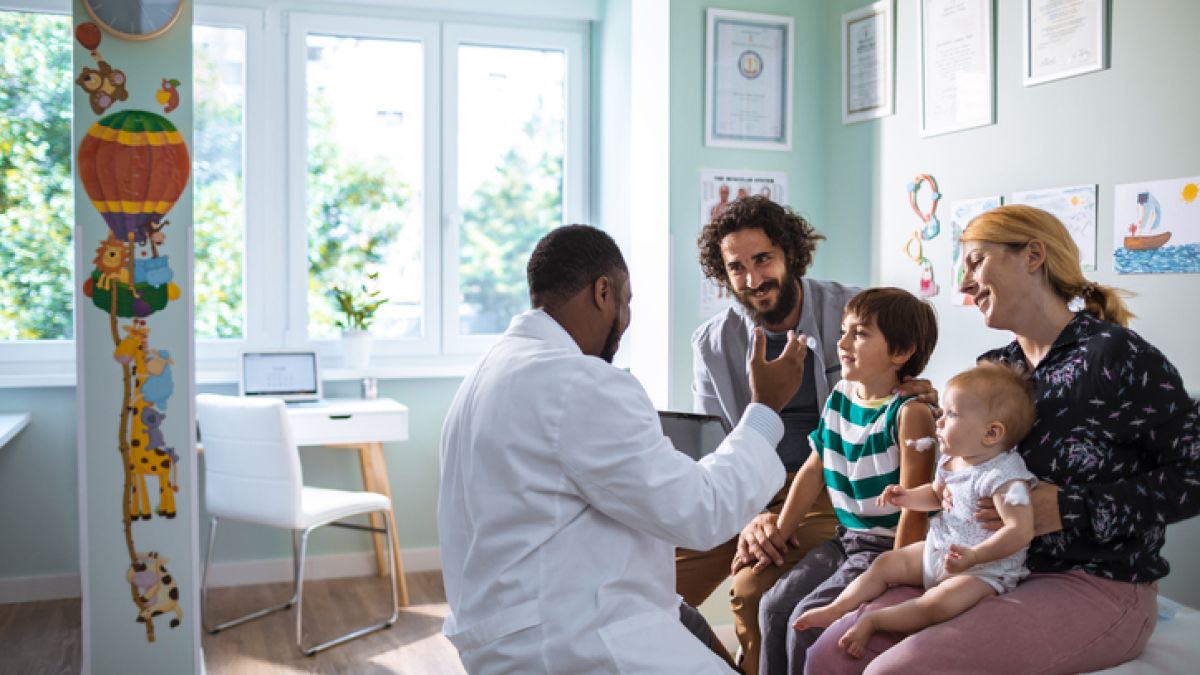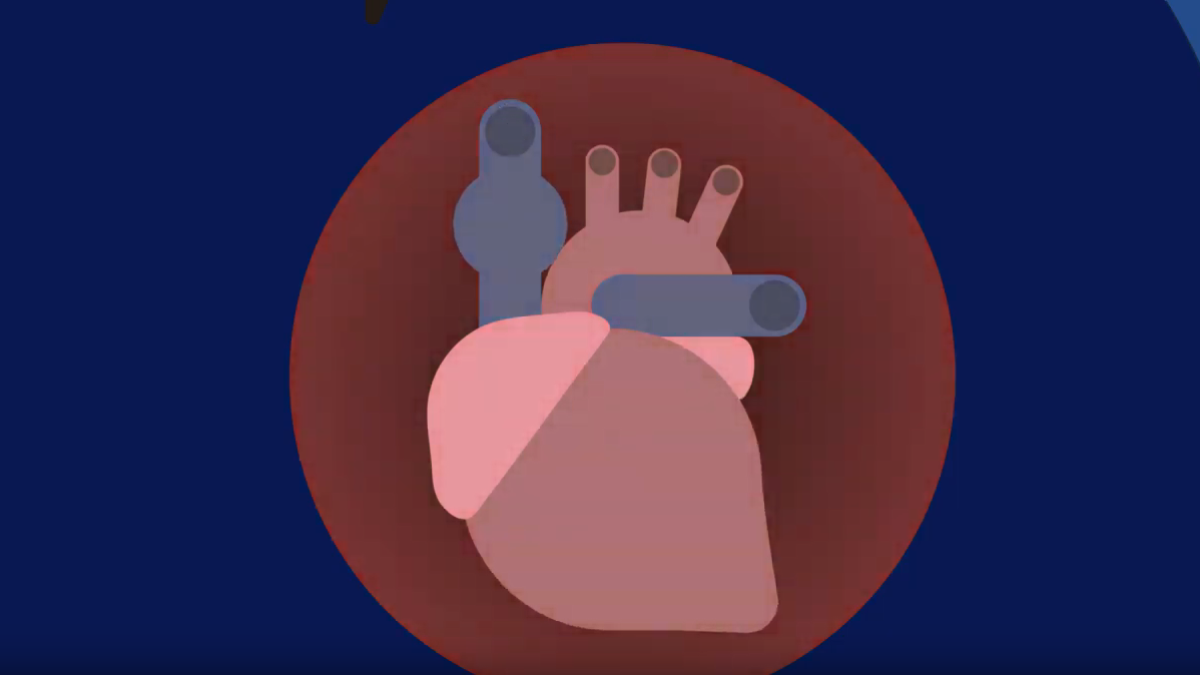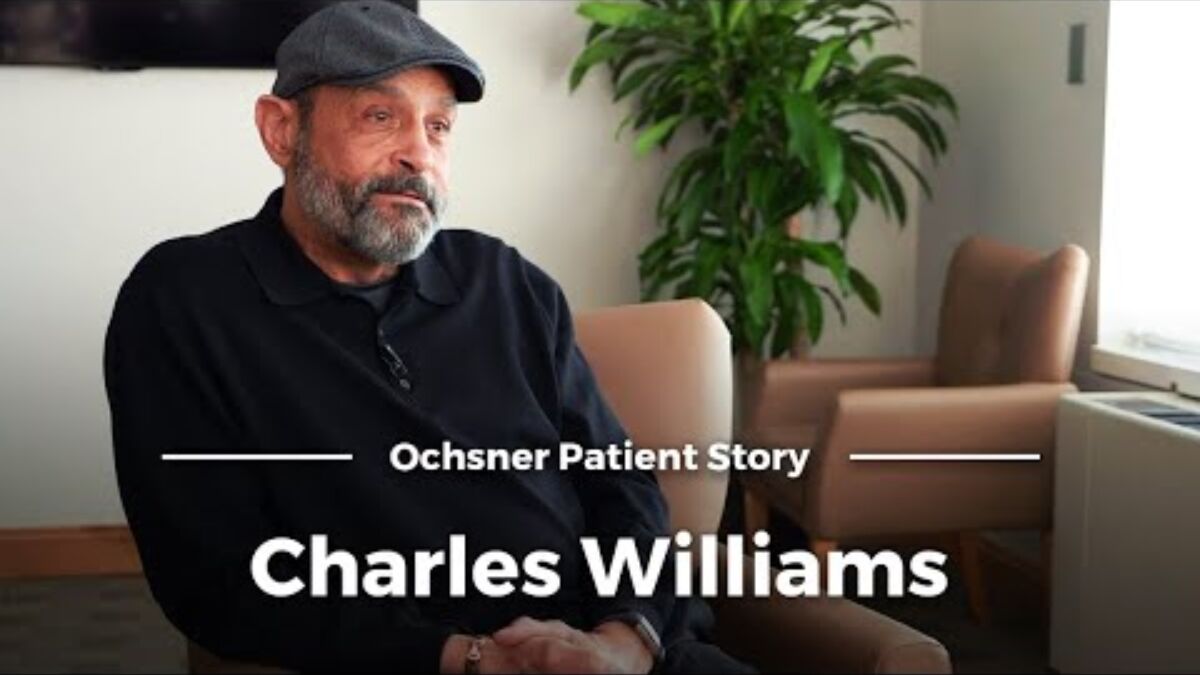Why choose Ochsner Health for liver transplants?
Each year, more than 125 patients undergo a liver transplant at Ochsner Transplant Institute, a program that was home to Louisiana’s first liver transplant in 1984. In the four decades since, Ochsner surgeons have performed more than 3,000 liver transplants for adults and children, making Ochsner’s liver transplant program one of the busiest in the nation. Today, patients come from 37 states and world-wide to access care at Ochsner Transplant Institute — the most active and experienced transplant center in the Gulf South region.
Most patients who undergo liver transplants will receive the organ from a deceased donor. However, Ochsner also offers living donor transplants — an innovative surgery that allows patients with malfunctioning livers to receive part of a healthy liver from a living donor.
Regardless of the type of liver transplant you receive, you can feel confident in choosing Ochsner for your liver transplant. Here, our internationally renowned team provides the full scope of liver care, from diagnosis to transplant and beyond. Ochsner surgeons also take on some of the most difficult cases, including retransplantation, transplant of obese recipients and patients who have a blood clot that narrows or blocks the portal vein (the gastrointestinal tract’s main drainage vein). They also perform split liver transplants and reduced-size liver transplants.









